Welcome to my last post of the year. First off, the guided meditation: it pairs with my recent article, A Meditator’s Guide to Memory. I recorded this during a live session that I run every week on Mondays (more info here, all welcome). It was a spontaneous practice that I more or less made up on the spot, but it got really good feedback, so I encourage you to give it a try. Click the play button to listen, and enjoy the ride through your memories.
PS. You may be able to hear rain and thunder in the background as I led the practice. Welcome to the monsoon season!
Highlights from 2022
While preparing this post and the recording, I did some remembrance of my own. It’s hard to capture an entire year in words; so much has happened and words aren’t really adequate, are they? In any case, here are some of my highlights, along with recommendations of what I’ve loved that you might enjoy too:
1. Growing a garden 🌿
This is far and away at the top of everything I’ve done this year. We started a small garden at the very beginning of 2022, and have been slowly adding to it as the year has gone on. We are now in the midst of a rainy season, so harvesting is a little slower right now, but here are some photos taken over the course of the year:
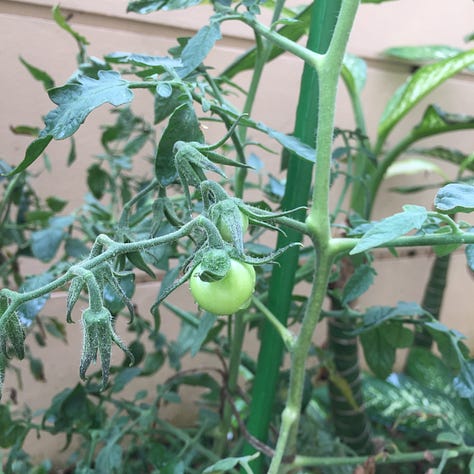
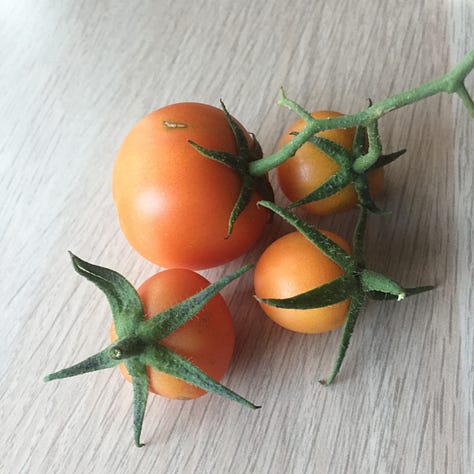
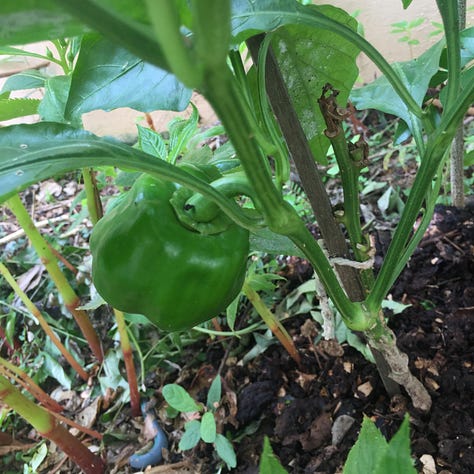
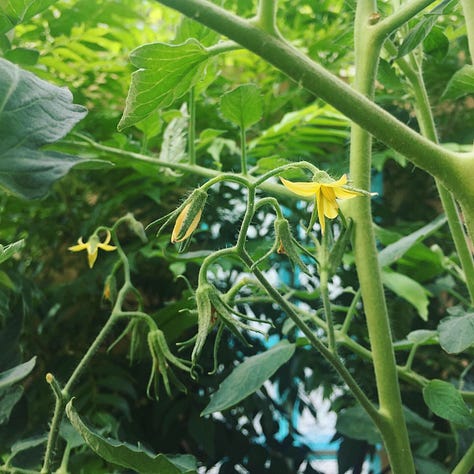
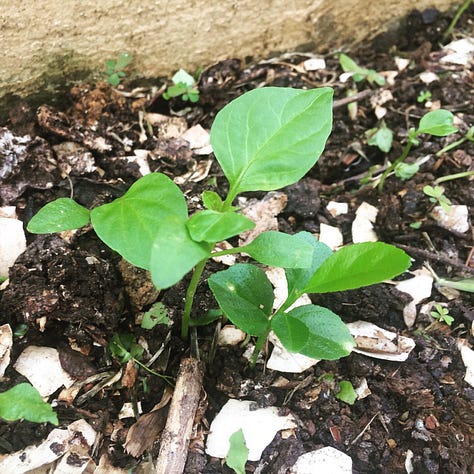
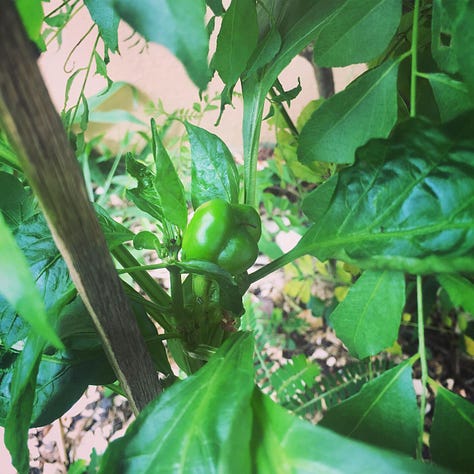
One thing that was really special about the garden was that I was tending to it at the lowest point of the year for me, when I had no work and very little hope. The act of gardening every day and witnessing growth where there was nothing before kept me going. In clear synchronicity, around the same time I started working and earning again, I harvested my first vegetable (a bittergourd).
2. Finding flow in the water 🏊♀️
As some of you may know, this year I retrained and started working as a swimming instructor, teaching Total Immersion swimming. This approach is about being light, graceful and efficient in the water. It is a technique and skills-focused method: the focus is on using your brain to learn the how of swimming rather than using the power of your body to force your way through the water.
The best part (for me) is that training in this way is a form of somatic, neurological movement (re)education. To unpack that: it works by making changes in how you coordinate movement between your nervous system and your muscles. It is brain and perception training—you use feedback from the sensation of the water to inform and transform the way you move your body. This means that when you’re in the water, you’re totally focused, or immersed (as the name suggests) on what you’re sensing and what your body is doing. It feels like dancing.
Swimming has led me to investigate more about Flow states in general, and I find that spending time in Flow every day is how I maintain the health of my nervous system, and a sense of delight in life at the same time. It’s also my top motivator to move and exercise. One of the reasons I am priotising writing next year is that it gets me into Flow state. I plan to write more about Flow in the future, especially how it relates to movement, mindfulness and meditation, so stay tuned and subscribe if you haven’t already.
3. Learning about my (wavy-curly) hair, and how to tend to it
Teaching swimming means being in the water for long hours. I decided early on I would try my best to avoid ending up with ‘swimmer’s hair’ 😜
Quick tip for the swimmers out there: I learned from other coaches to wet my hair and put conditioner on it before getting in the pool—this keeps your hair soft and stops it from drying out, tangling and getting too dirty. If you’re going to use a swim cap, put it on top of your wet, conditioned hair. Please note that the purpose of a swim cap is not to keep your hair dry, but to keep your hair in place: on your head and off your face. Caps are useful if you’re going to move around a lot through the water (ie. swim laps or long distances), but not really necessary if you’re just chilling or hanging around.
Early in the year, I stumbled upon an online reference to something called the Curly Girl Method (CGM), and I was intrigued. I checked out the CGM handbook from my library, which talks about what wavy/curly hair is, how it differs from straight hair, and ways to care for it that retain and enhance natural, healthy waves and curls. Later in the year, I also started following some YouTube channels on curly hair: Manes by Mell and Curly Susie among others.
All this exploring has been a total lifesaver. The good news is that caring for natural waves and curls doesn’t have to be complicated or expensive, but it does require a little bit of time and patience to adjust and transition. It’s mostly about unlearning what you thought or were told in the past, which is a kind of life lesson too. It’s also about taking the time to understand what your hair actually needs, and what it’s telling you in it’s own way (another life lesson). Anyway, my suggestion would be to take an experimental attitude and find what works for you. It’s worth it to have happy, healthy hair! See mine below.
4. Being part of a Big Publishing Project 📖
This year marked the culmination and publication of a Big Project I’ve been working on as an editor since 2019. That is, the two-volume megatome Masks of Bali by the wonderful team at Tapel Lestari. Here are some photos of my copy, including the inside page where you can see my name 😍
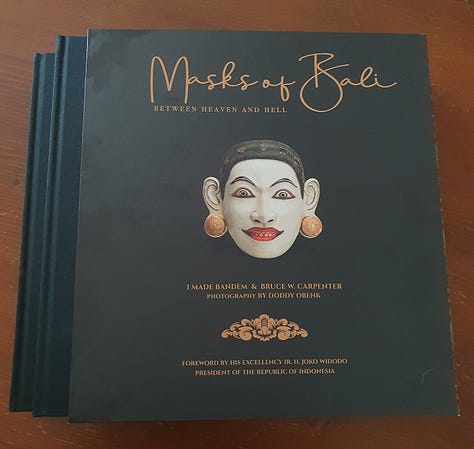
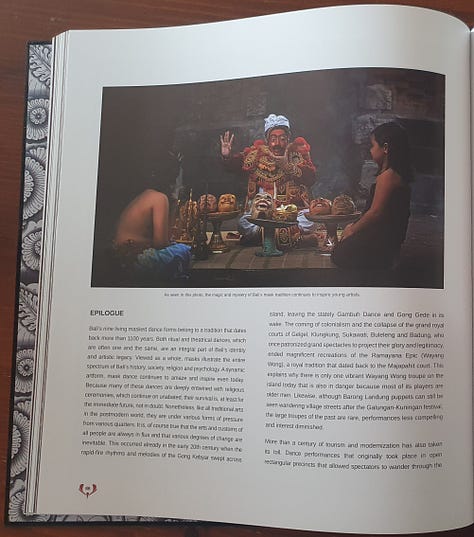
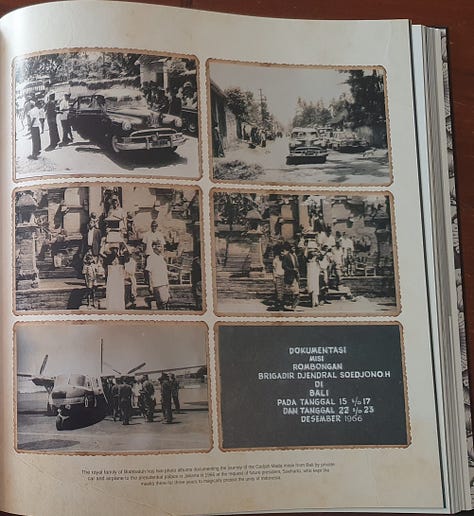
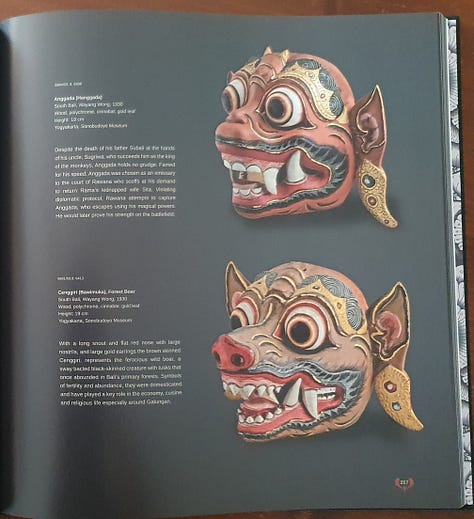
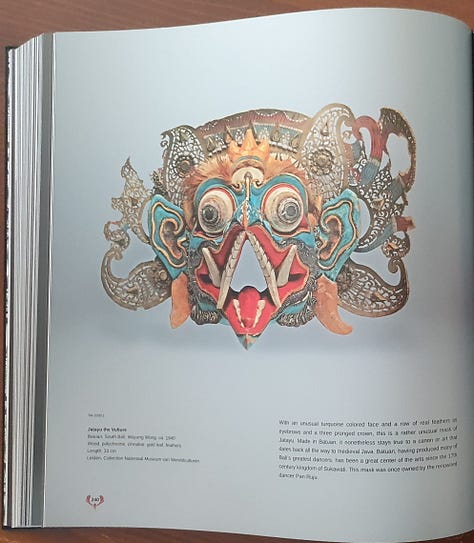
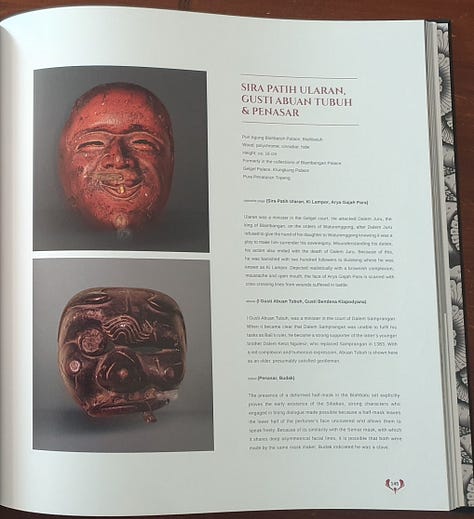
5. The best pair of shoes I’ve ever owned 👣
Not an exaggeration, and also a big deal because I’m a barefoot shoe-only kind of girl. These shoes by Wildling are a perfect fit, soft, flexible, light, and best of all, they look good! 😉 As much as I love barefoot shoes and wear nothing else, so many of them announce their presence rather loudly by the way they look. Not these. My feet are happy, and my inner artist is just as happy.
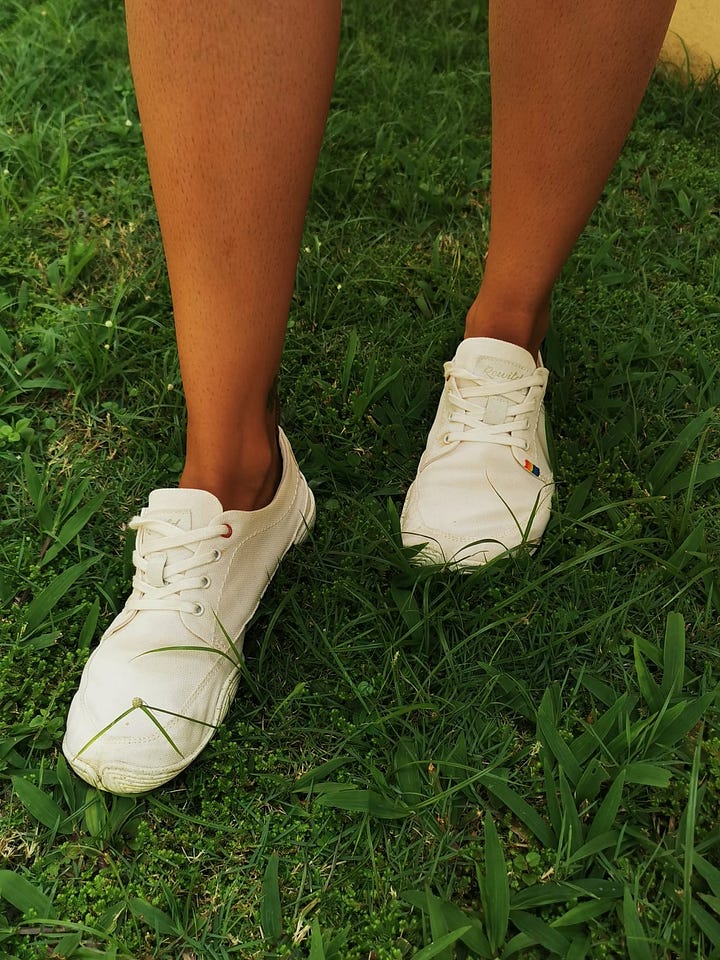
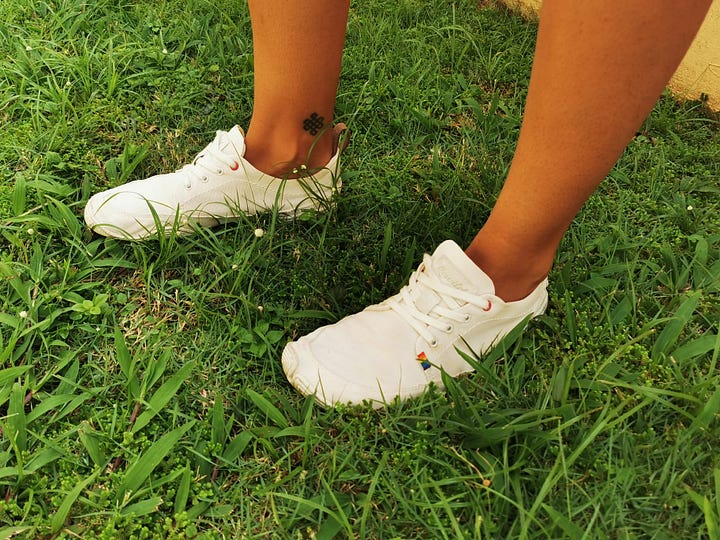
I also love this other design by Wilding, but had to constrain myself to one pair for the time being for the sake of my wallet. Next year!
6. Training as a breath coach
A remarkable book I read this year was The Oxygen Advantage by Patrick McKeown. As a longtime yogi, I’ve always been interested in breath but never really found the right method. The only approach to breath that I truly loved until now was somatic and embodied breath training, as we do in Laban and Body-Mind Centering. I taught an embodied breathwork series in that vein a couple of years ago, but beyond that and dipping into it for myself as needed, I confess I didn’t have a regular pranayama practice. But this book changed all that.
It’s the first time I actually understood how breathing works on a biochemical level, and how somatic approaches fit together with the science of gas exchange and breathing mechanics. I’ve just certified as a breath coach in this method, and will start teaching it next year. Needless to say, I have a daily breathwork practice now and it has done me tremendous good, especially in terms of reducing allergies, giving me more control over my mental/emotional state, and increasing my physical endurance and fitness in all kinds of settings (mace and kettlebell training, running, swimming and recently even while climbing).
Hint: it’s breathing lightly through the nose throughout exercise that keeps me going for longer, and makes for quicker recovery time too. It takes some time to adapt to nasal breathing only (during which performance can decline somewhat), but you bounce back and it’s well worth the future gains. If you want to learn more about how to breathe well, get in touch and we can schedule a session.
7. Finding new ways to think 🤓
I want to mention and give thanks for the amazing podcast and lecture series Awakening from the Meaning Crisis by Professor John Vervaeke of the University of Toronto in Canada. I haven’t got through all of it yet but so far each episode is incredibly well-structured, thought-provoking and the professor has a remarkabe ability to bring together Eastern and Western thought in new ways that I’d never considered before. Here’s the preview:
Prof. Vervaeke says he goes into Flow state when he teaches, which is perceivable and probably at least part of the reason for the appeal of the series. (Turns out we humans can sense and resonate with each other’s inner states even online, isn’t that amazing?) Full link to the series playlist on Youtube. It’s on Spotify too but I find it better to watch as well as listen, as he writes and draws on a whiteboard as he teaches.
8. Beauty everywhere 🌏
I’ll finish with a few photos of gorgeous places I spent a lot of time in this year… I am deeply grateful to the parks and reservoirs where I live, that are so well-maintained and so easily accessible. Thank you, world.
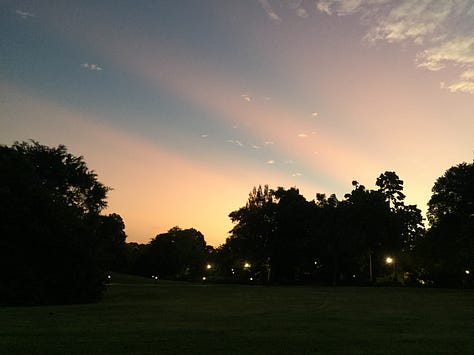
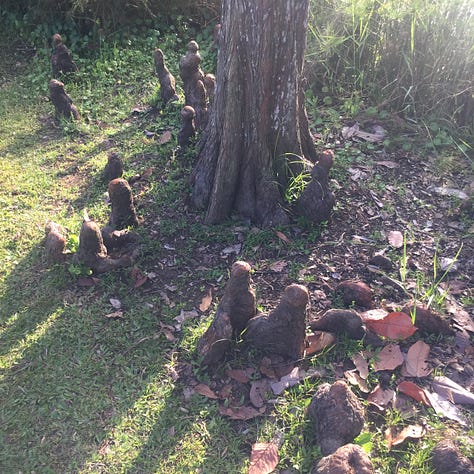
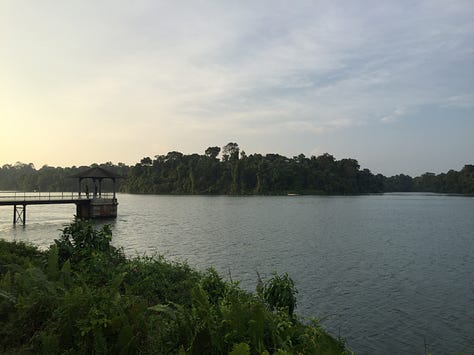
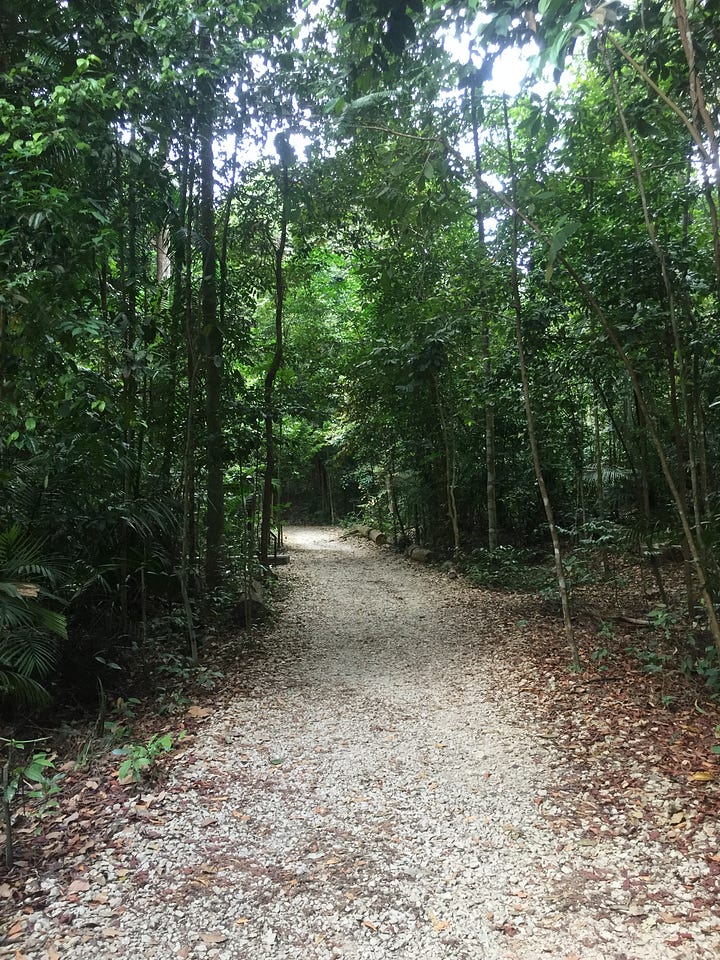
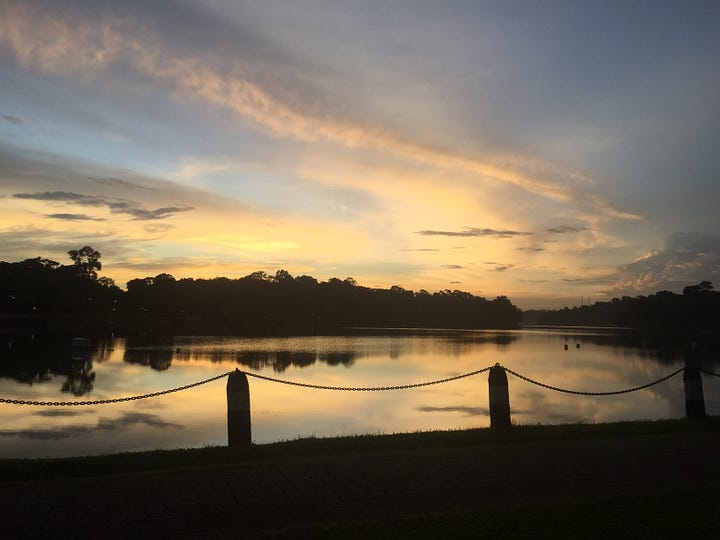
As always, I would love to hear what you remembered of your year and would like to share. Please feel free to leave a comment (or if you’re reading this via email, just reply to the email).
If you liked the meditation, you can also share this post, and subscribe to receive more like it. From next year, I will be sending out regular emails with personal updates and recommendations (like this one, only shorter), in addition to my existing ‘teaching’ posts and guided practices. This is part of my slow move away from social media, so if you’d like to stay in touch, even just for personal reasons, please subscribe.
And if you really liked it 😉, or are feeling generous at the end of the year, please consider upgrading to a paid subscription.
Wishing you a delightful end to 2022 and a very happy start to 2023. See you in the new year!




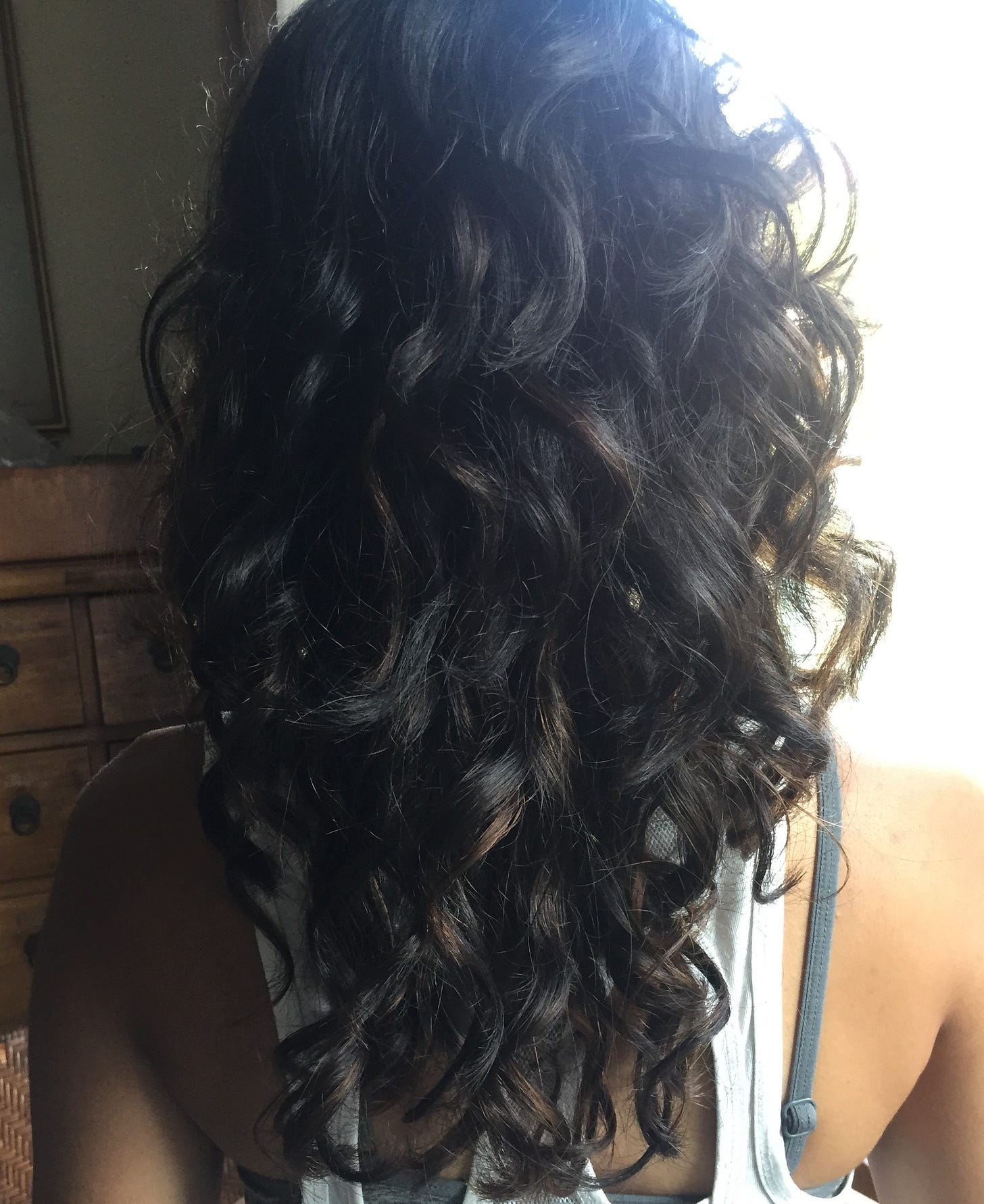
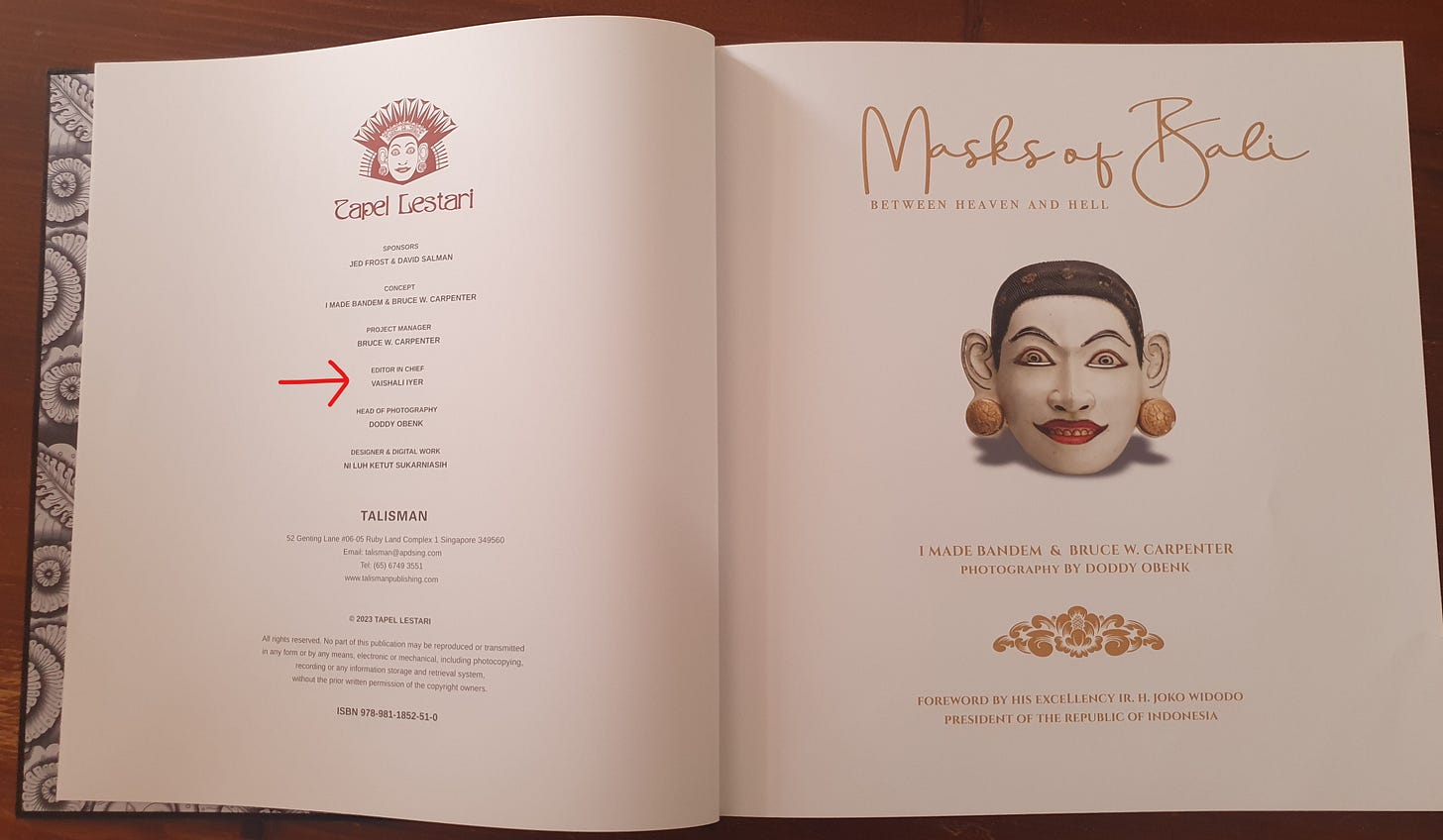

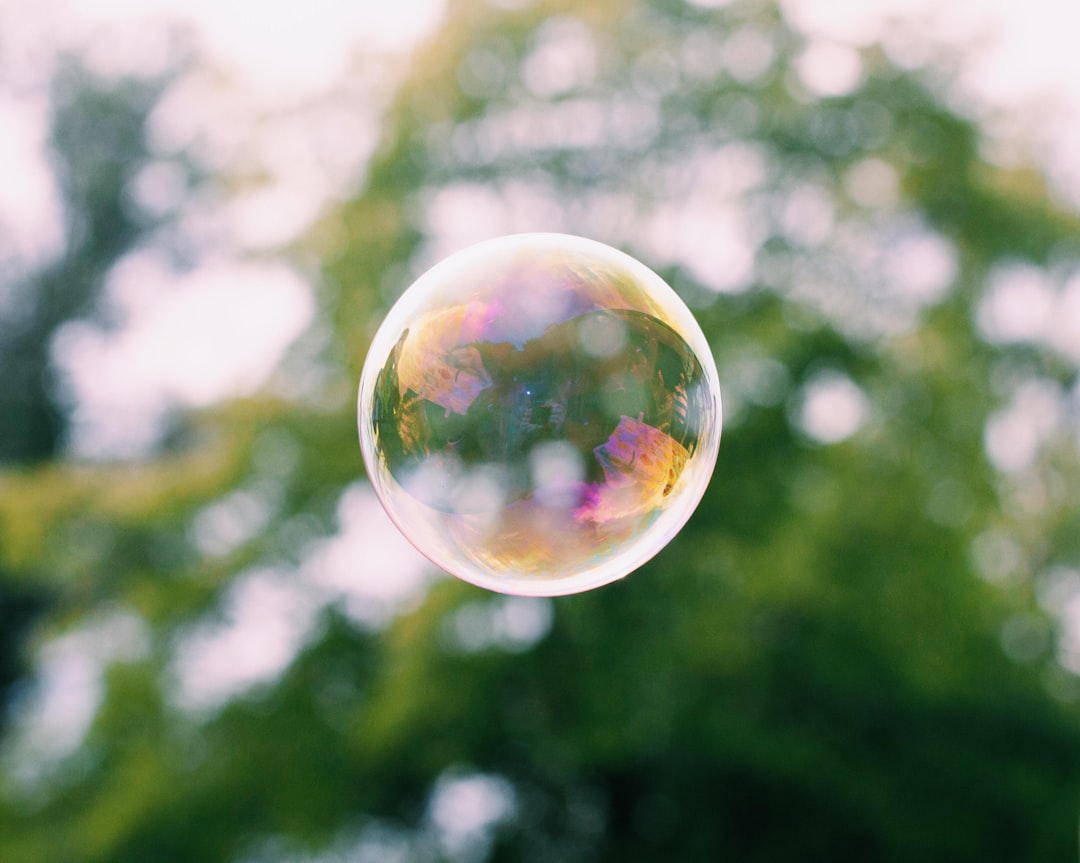
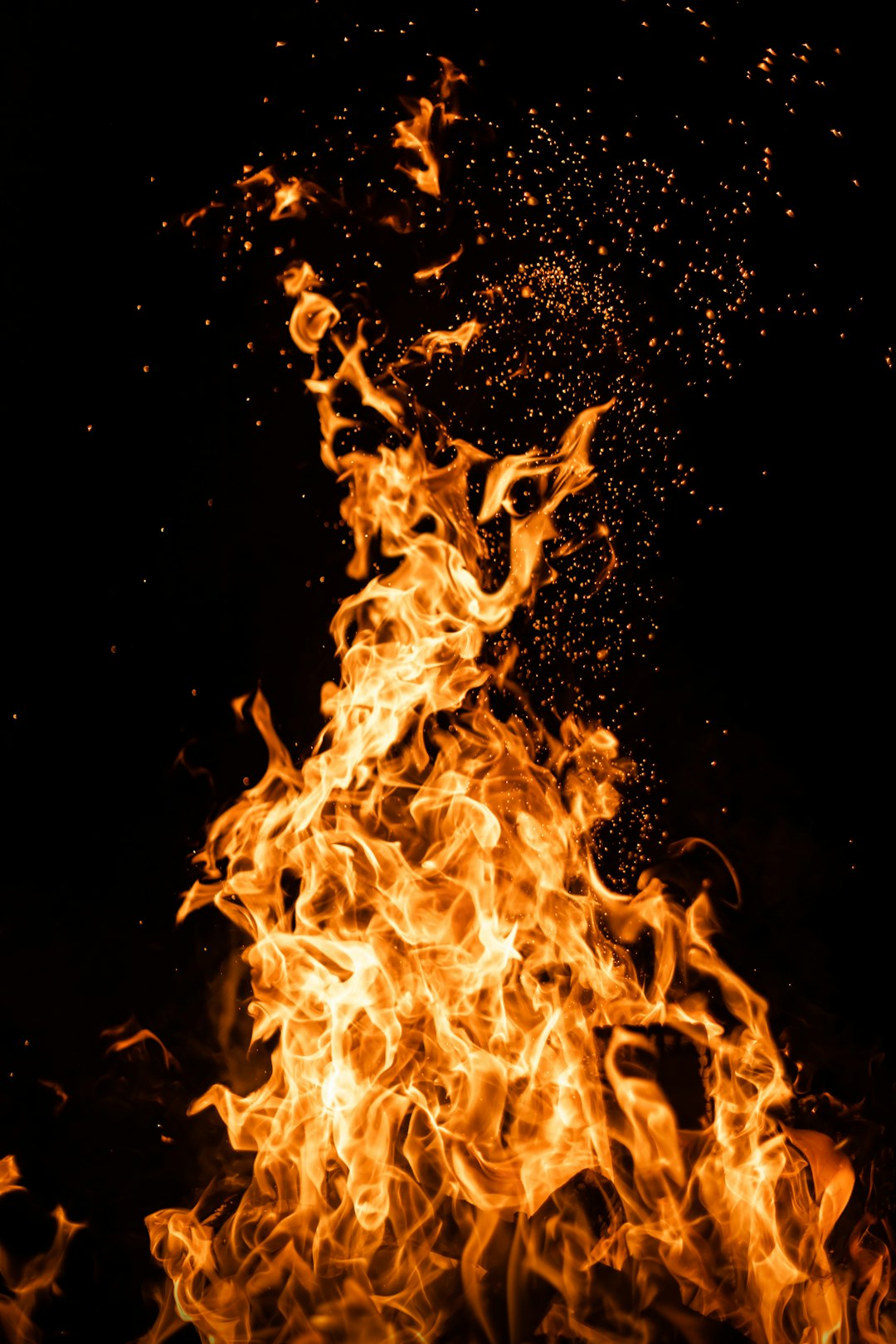
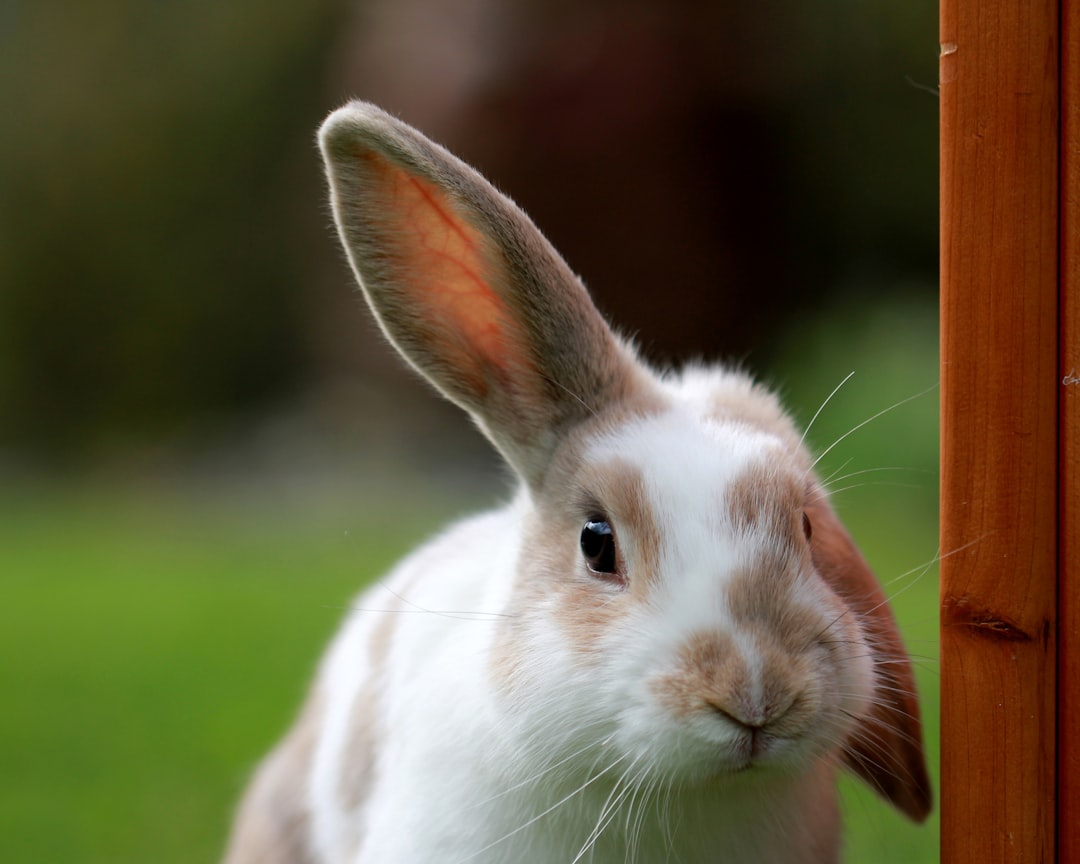


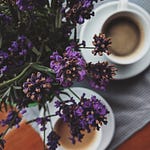

Share this post